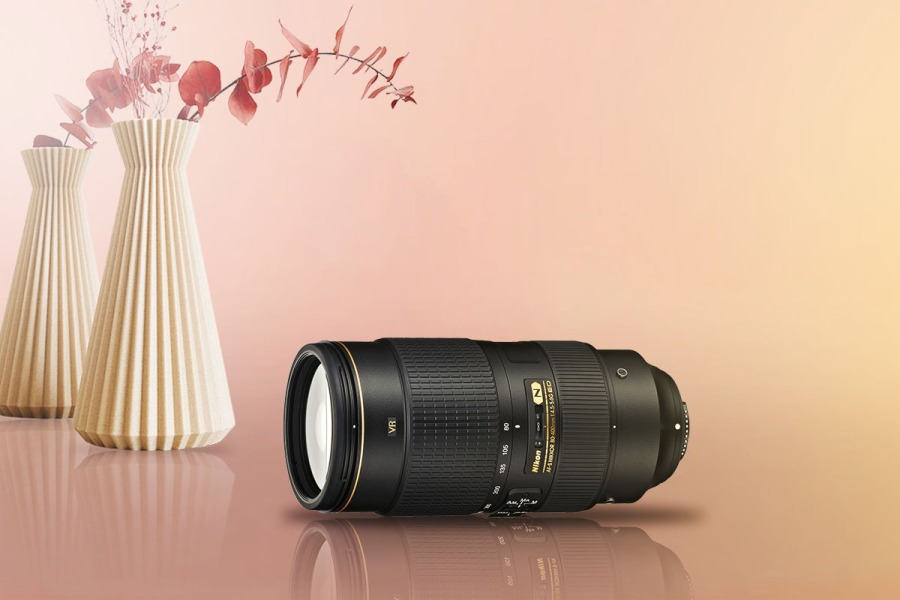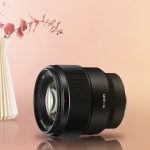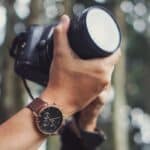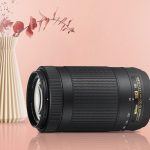
Basketball is a great indoor sport to shoot; it is dynamic and everything happens so fast. While many photographers don’t have the chance to photograph NBA games, they can do it easily for local teams or even high-school gymnasium basketball.
If you are confused and don’t know what lens to pick for your first basketball photo shoot; you came just to the right place.
To ease things for you, I have rounded up what I feel are the best lenses for basketball photography.
A Quick Look At My Favorite Basketball Lenses
| Image | Product | Features | Price |
|---|---|---|---|
Best Overall  | 10 | Check Price On Amazon | |
Best Prime Lens  | 9 | Check Price On Amazon | |
Best Value  | 8.6 | Check Price On Amazon | |
Most Versatile  | 8.5 | Check Price On Amazon | |
Best High-End  | 8.6 | Check Price On Amazon |
Key Takeaways
- Basketball is one of the fascinating games since everything happens so quickly, and it might be challenging to get spectacular shots.
- If you have a superb camera and the appropriate specialty lenses, taking stunning photos of a basketball game is pretty simple.
- The Sigma 70-200mm F2.8 Sports DG OS HSM is the best choice since it will enable you to capture every move a basketball player makes.
- This Nikon AF-S FX NIKKOR 80-400mm f.4.5-5.6G ED VR will be an excellent pick if you’re looking for a flexible lens.
- Make sure to use a wide aperture and the appropriate shutter speed to get fantastic shots of a basketball game.
The Top 5 Best Lenses For Basketball Photography
5. Sigma 70-200mm F2.8 Sports DG OS HSM – Best Overall
What I Like
- Sturdy build
- Good optical performance
- Image stabilization
What I Don’t Like
- Some distortion
Starting things off with the Sigma 70-200mm f/2.8 DG OS HSM Sport. It is a great lens that performs well in the telephoto field.
Despite being a telephoto lens it is not heavy at all. The lens material is made out of plastic and metal, and a new component, a thermally stable composite.
The thermally stable composite contributes to keeping the lens from overheating or freezing in extremely cold conditions. The lens feels quite durable and the weather sealing is quite useful.
Sigma features a nifty tool known as a focus range limiter switch. The focus range limiter will restrict some points where your lens can focus. It’s used typically to tell the lens to ignore objects that are too close up and only focus on those far away – making it perfect for basketball photography.
As far as the Sharpness and contrast go, they are excellent throughout the entire zoom range. Even when shooting wide-open. Centre sharpness is great at the minimum focal length of 70mm but doesn’t compromise on other focal lengths either.
Besides that, it also uses HSM (Hyper Sonic AF Motor) for its focus. What’s more, the lens also comes with Intelligent OS, software that delivers image stabilization. It works in all angles, horizontally, vertically, or diagonally.
Should You Buy It?
It is a fast and well-built lens with some nice materials on it like, the Thermally Stable Composite. Also, it is smooth and quiet when focusing; pretty much, it offers what the lenses of some known brands offer, but at a much more affordable price.
Specifications:
- Maximum Aperture: F2.8
- Minimum Aperture: F22
- Maximum Focal Length: 200
- Minimum Focal Length: 70
- Number of diaphragm blades: 11
- Weight: 1805 g (3.98 lb)
Why should you buy it?
It is a fast and well-built lens with some nice materials on it like, the Thermally Stable Composite. Also, it is smooth and quiet when focusing; pretty much, it offers what the lenses of some known brands offer, but at a much affordable price.
Sigma 70-200mm F2.8 Sports DG OS HSM Sample Photos



4. Sony FE 135mm F1.8 G Master – Best Prime Lens
What I Like
- Fast autofocus
- Bright aperture
- Weather sealing and fluorine coating
- Classic portrait focal length
What I Don’t Like
- Expensive
Spicing things up with some prime lens from Sony, the Sony FE 135mm F1.8 G Master. Being part of the G Master lineup shares most of the features as the rest of the flagships from the G series. Like the XD linear motor, Super ED glass, and Sony Nano AR.
It is made out of magnesium alloy, which rewards the lens with great durability while not putting heavy weight on it either. Besides being compact it is quite sturdy and the weather sealing is top-notch.
Its wide aperture, f/1.8 implies that your basketball photographs will have an artistic touch to them. It promises to blur out the background and isolate the player you are putting into the frame. On top of all this the wide aperture also allows you to shoot indoors, like in gymnasium halls that are dimly lit, it will still illuminate the frame.
Thanks to the Extreme Dynamic (XD) linear motors, the lens is really silent when you shoot and at the same time, it makes the focus lightning fast.
Should You Buy It?
Simply put, this lens is an amazing prime-type lens. The autofocus is just insane without leaving behind the sharpness and overall image quality behind. If you can bypass the price and you want a prime lens, don’t hesitate on it.
Specifications:
- Maximum Aperture: F1.8
- Minimum Aperture: F22
- Maximum Focal Length: 135 mm
- Minimum Focal Length: /
- Number of diaphragm blades: 11
- Weight: 950 g (2.09 lb)
Why should you buy it?
Simply put, this lens is an amazing prime type lens. The autofocus is just insane without leaving behind the sharpness and overall image quality behind. If you can bypass the price and you want a prime lens, don’t hesitate on it.
Sony FE 135mm F1.8 G Master Sample Photos



3. Sigma 100-400mm f/5-6.3 DG OS HSM – Best Value
What I Like
- Optical stabilization
- Strong image quality
- Full-frame coverage
What I Don’t Like
- No tripod collar option
- Some distortion
Yet again, Sigma makes an appearance with its 100-400mm f/5-6.3 DG OS HSM. This is another cost-effective lens from Sigmas’s huge portfolio that is known for its affordable but high-value lenses.
Design-wise, Sigma shows its excellent craftsmanship by pushing both compactness and image quality to the limit. It makes traveling a breeze thanks to its compact and portable form.
It features a nicely developed gyroscopic sensor that provides a really powerful stabilization effect. An acceleration sensor that detects camera shakes and tries to stabilize the image in a very effective way.
Just like in the first option, there’s the Hyper Sonic Motor (HSM) that ensures swift and quiet AutoFocus operation. The 9-blade diaphragm creates an attractive bokeh effect, or say blur when you defocus the areas, a case where you would use this would be to focus the basketball player and defocus the spectators.
Should You Buy It?
You will be hard-pressed to find a better lens at this price point, the value that comes from the Sigma 100-400mm f/5-6.3 DG OS HSM is really hard to beat. Even though it has some drawbacks, they are nothing groundbreaking and it does the job that it set out to do.
Specifications:
- Maximum Aperture: F5.6.3
- Minimum Aperture: F22
- Maximum Focal Length: 400
- Minimum Focal Length: 100
- Number of diaphragm blades: 9
- Weight: 1160 g (2.56 lb)
Why should you buy it?
You will be hard-pressed to find a better lens at this price point, the value that comes from the Sigma 100-400mm f/5-6.3 DG OS HSM is really hard to beat. Even though it has some drawbacks, they are nothing groundbreaking and it does the job that it set out to do.
Sigma 100-400mm f/5-6.3 DG OS HSM Sample Photos

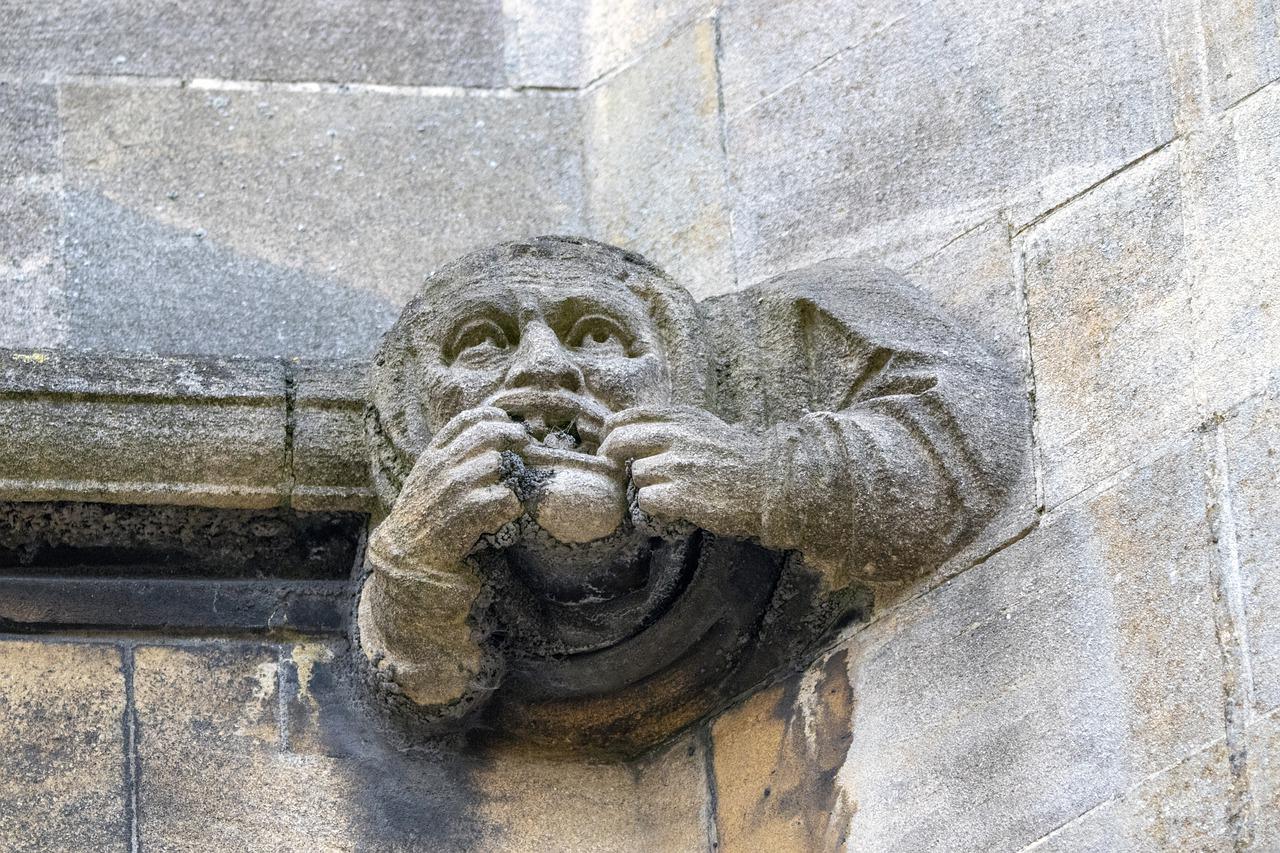

2. Nikon AF-S FX NIKKOR 80-400mm f.4.5-5.6G ED VR – Most Versatile
What I Like
- Long telephoto reach
- Optica stabilization
- Minimal distortion
- Lightweight
What I Don’t Like
- Pricey
If budget is not an obstacle, and you are ready to throw some cash for your Nikon camera, then the Nikon AF-S FX NIKKOR 80-400mm is your friend. After all, a flagship camera needs a flagship lens.
This lens has a ton of professional-grade features that let you capture objects extremely far away while at the same time it does the job of a medium telephoto lens.
It is as robust as they come and is built like a tank, meaning it is a bit heavy but nothing offensive.
Nikon decided to implant their M/A focus shift mechanism on this bad boy; it allows the lens to quickly switch from Autofocus mode to Manual focus; and besides that, it comes with an SWM (Silent Wave Moter) that ensures really fast autofocus.
Since it offers a huge zoom you might think that the pics might come out as blurry and low in quality but that shouldn’t even be questioned, nor a concern since it comes with its built-in optical image stabilization that contributes a lot to the stability.
On top of all that it even has VR (Vibration Reduction) for shaky hands. This will help when you see a known NBA player and you start shivering from joy.
Should You Buy It?
It is a premium and feature-rich lens that is considered among the best Nikon lenses for sports photography. If you have an extra budget, this lens promises to not disappoint in making your basketball photography journey more fun.
Specifications:
- Maximum Aperture: F4.5–5.6
- Minimum Aperture: F32–40
- Maximum Focal Length: 400
- Minimum Focal Length: 80
- Number of diaphragm blades: 9
- Weight: 1570 g (3.46 lb)
Why should you buy it?
It is a premium and feature-rich lens that is considered among the best Nikon lenses for sports photography. If you have an extra budget, this lens promises to not disappoint in making your basketball photography journey more fun.
Nikon AF-S FX NIKKOR 80-400mm f.4.5-5.6G ED VR Sample Photos



1. Canon EF 70-200mm f/2.8L IS III USM – Best High-End
What I Like
- Strong sharpness from edge to edge
- Sturdy built
- Dust and moisture protection
- Image stabilization
What I Don’t Like
- Some distortion
Last but not least, we have the Canon EF 70-200mm f/2.8L IS III USM. Canon is quite known for its great telephoto lenses; you simply can’t hate the iconic off-white body design and the red ring.
Price tells us that this is a premium lens and it sure features weather sealing and even temperature control.
With this bad boy, you can zoom in very close and there will be no distortion in the photos. Basically, the way you see the basketball player or the subject, in general, is the way that it will be captured.
Also, it comes with edge-to-edge sharpness, meaning that the corners are just as sharp as the center; something that a lot of lenses struggle to achieve. The bokeh effect comes in, in a creamy, smooth, and very pleasing thanks to the f/2.8L aperture.
It also comes with a tripod collar, something you don’t see on most lenses from Canon. It helps in placing the lens down to your tripod or monopod easily.
Should You Buy It?
This lens has everything on point for your SLR camera, from the image quality, CA, sharpness and contrast. On top of all that it is really well built, includes weather sealing and much more things.
Specifications:
- Maximum Aperture: f/2.8
- Minimum Aperture: f32
- Maximum Focal Length: 200
- Minimum Focal Length: 70
- Number of diaphragm blades: 8
- Weight: 1440 g (3.17 lb)
Why should you buy it?
This lens has everything on point for your SLR camera, from the image quality, CA, sharpness and contrast. On top of all that it is really well built, includes weather sealing and much more things.
Canon EF 70-200mm f/2.8L IS III USM Sample Photos

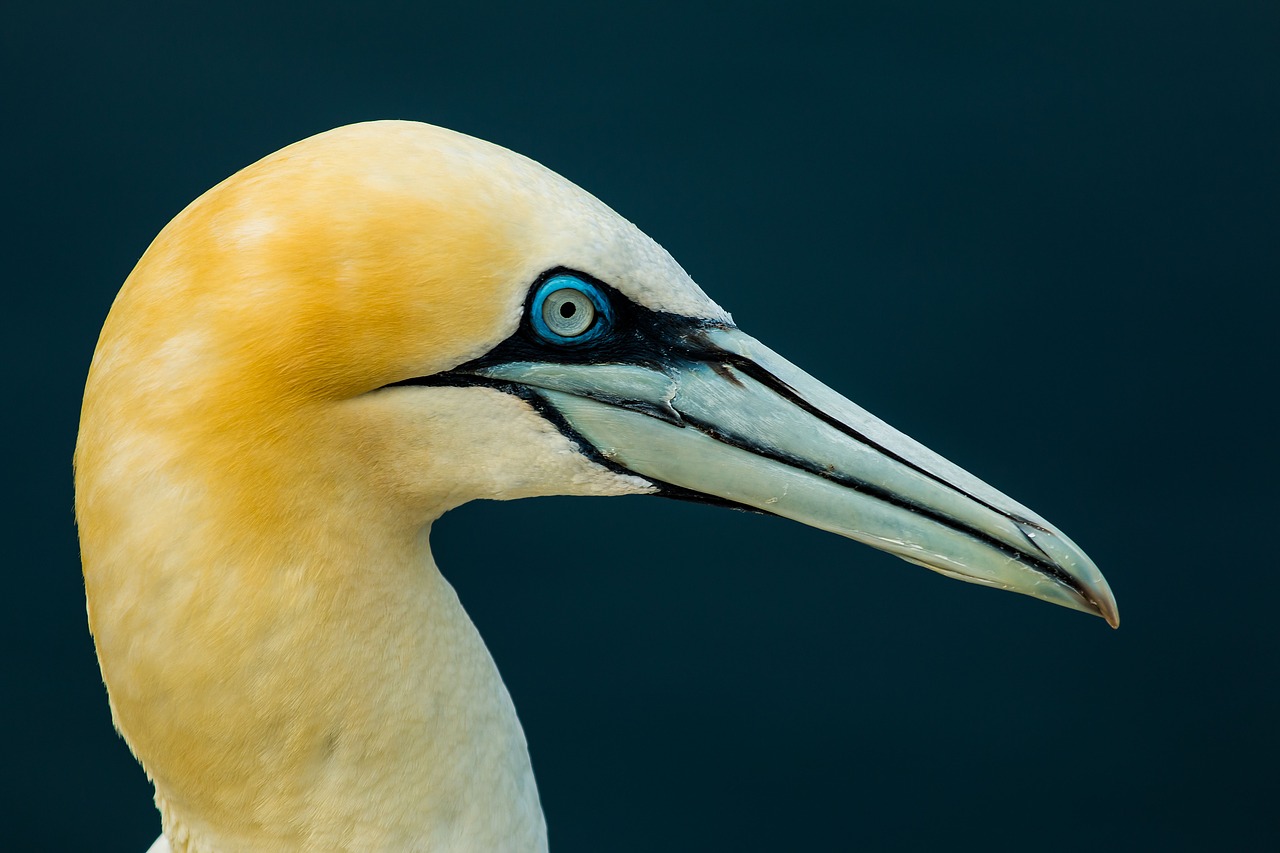

Tips On Photographing a Basketball Game:
Using a Wide Aperture
To shoot a perfectly exposed image make sure to pick the widest aperture possible, and also use a monopod or even a tripod to rest your camera since avoiding blurring in sports photography is quite important.
Zoom into the Subject
Even though you would be quite close to the field if you sit in the front seat, you still need the player to fill the whole frame to capture his facial expression, while defocusing the public behind him.
Something you can do to pull this off is to use pre-focus on a fixed object and just wait for the action to strike.
Choosing the right Shutter Speed
To create, an aesthetically appealing motion blur, make sure to choose a slow shutter speed.
Place your camera on your tripod or just hold it (this might be annoying though). Point well at moving players and take a shot when you find the opportunity. This results in a great blurred effect on the players while keeping the rest of the photo quite sharp.
You can do the same as above, pre-focus on a player and follow him while pressing the shutter button.
Shooting in RAW mode
Shooting in raw mode offers better adjustment options for your images and gives a higher image quality in general.
Camera Settings
Manual mode is a great start, also using the lowest possible ISO will contribute to getting those fast-enough shutter speed shots that I mentioned above. Just be careful though the wide aperture will make it hard to nail your focus.
Shooting:
And the most important part is, to pay attention to the game!
Anticipation and timing are the key things here; if you have to, watch even the whole game through the viewfinder of your camera. Following details instead of just auto-focusing your camera and doing what we call a “spray and pray”. This can result in wasting your night.
Also, keep in mind that a photo of a player dribbling the ball that shows the ball on the floor looks odd. When photographing players dribbling, time your shots so that the ball is up to or very close to the player’s hand, I’ve seen a lot of entry-level photographers make this mistake.
Frequently Asked Questions:
What kind of lens do I need for basketball photography?
Basketball photography or sports, in general, requires a good Telephoto lens, and preferably a zoom type so you can play around with each lens until you find the perfect one or keep changing it for different occasions.
Which is the best range to capture basketball photos?
I would advise something that has a focal range from 70-200mm, it is considered the best range for sports in general and not just basketball, however, if you need insane zooming in or you are staying far behind instead in front of the field you can go for something that has at least 300m.
Can I use the same lens in any sports photography?
Every lens you may encounter while searching for the best lens for basketball photography can also be used in other sports photography. That’s because sports photography, in general, requires telephoto lenses.
Final Words
With all of the above being said, listing the best lens for basketball photography and the tips, as a final touch I just want to say – Have Fun!
Sports photography is quite fun and thrilling, being in the front line seeing all those good players, and capturing an amazing play gives joy and increases your dopamine levels.
I hope you liked my article regarding the best lens for basketball photography, Until next time, Goodbye.

Photographer & Writer
I specialize in landscape, street and portrait photography and I have been featured in various galleries and publications. I believe that photography is a way to tell stories!


